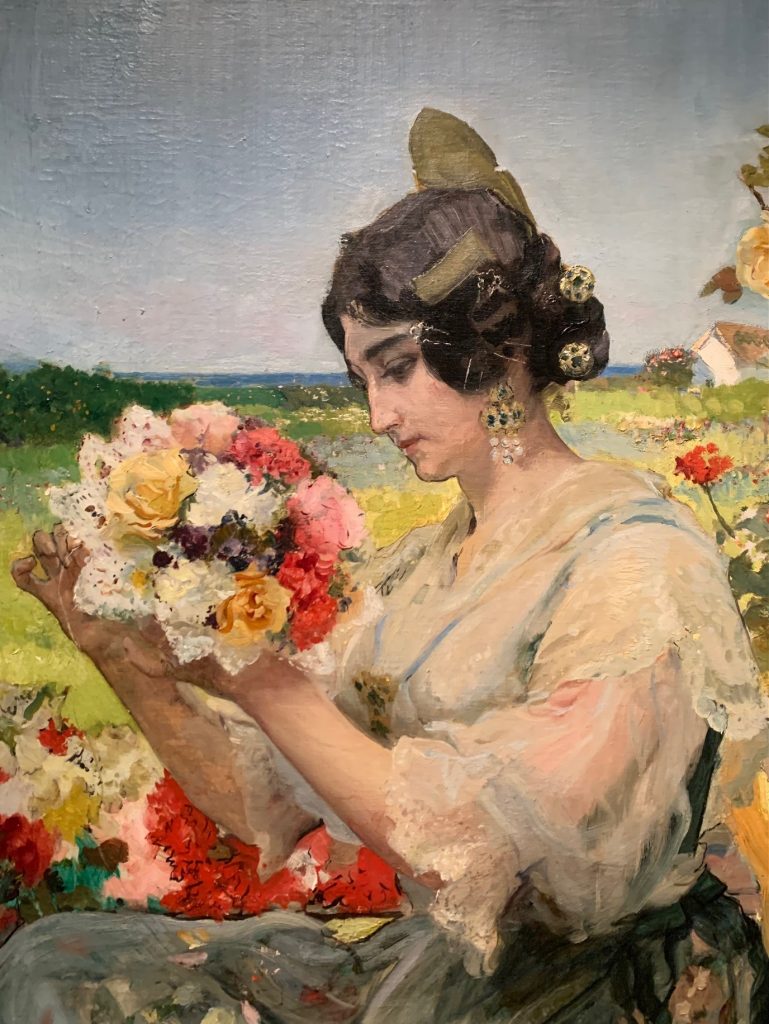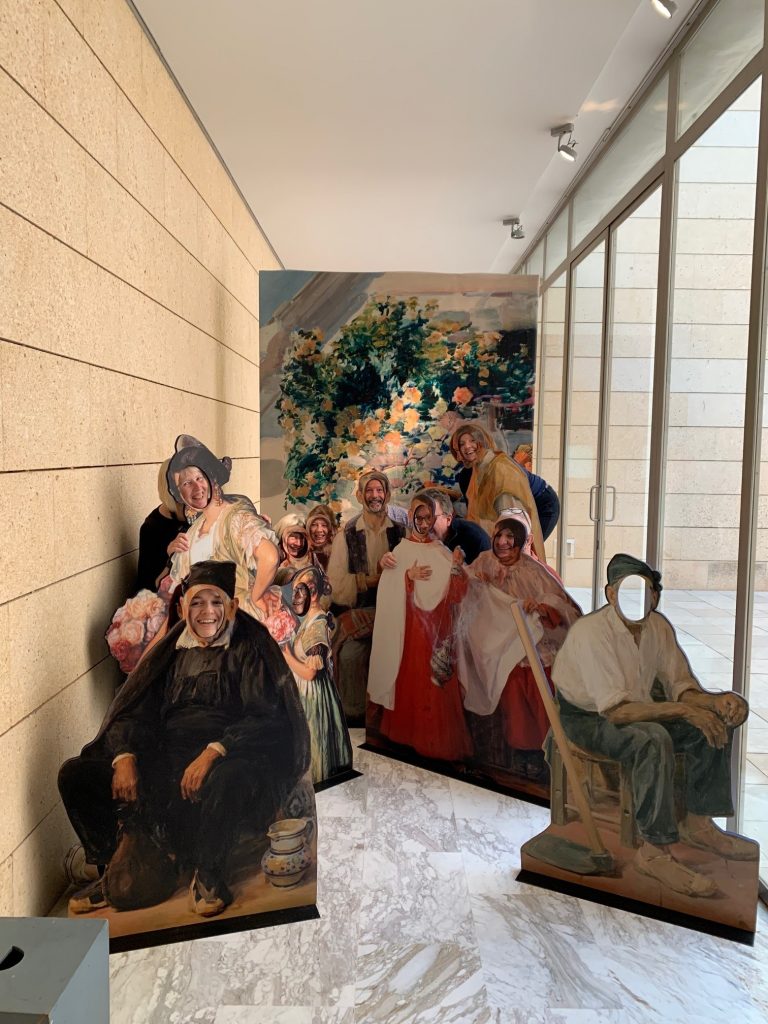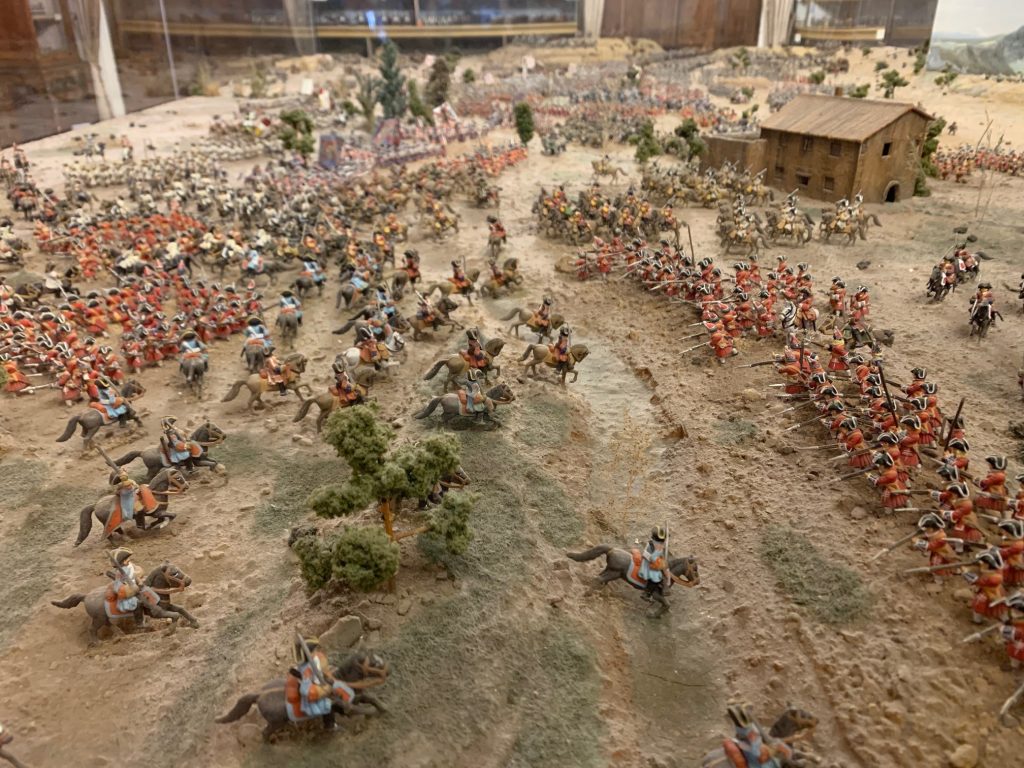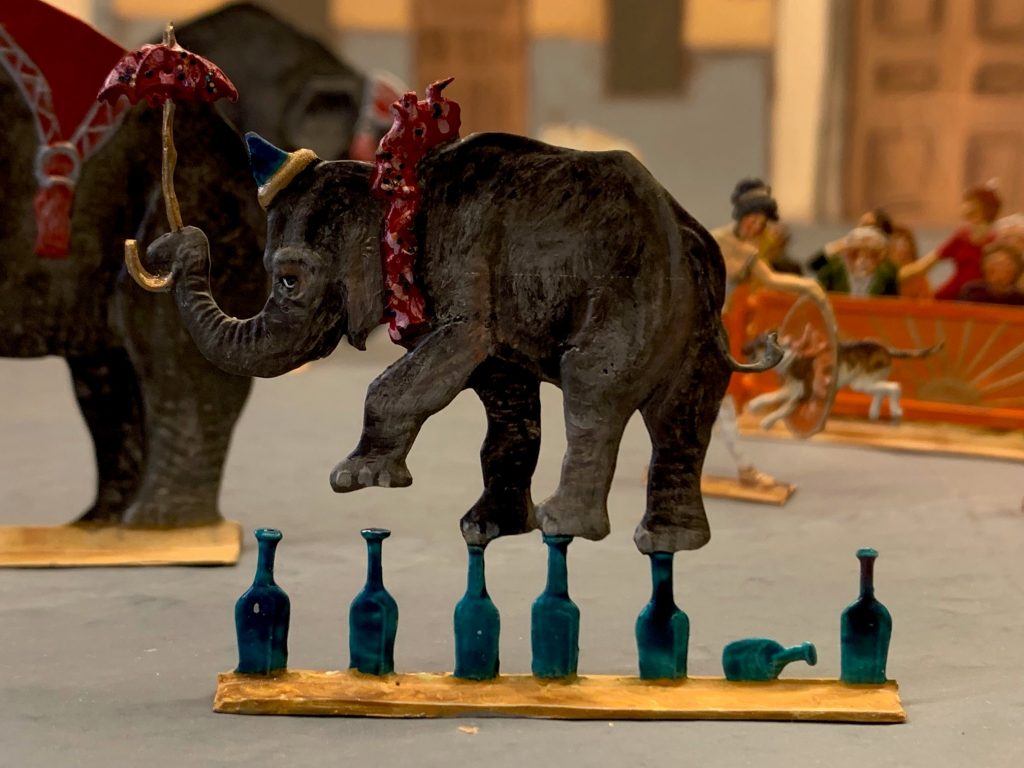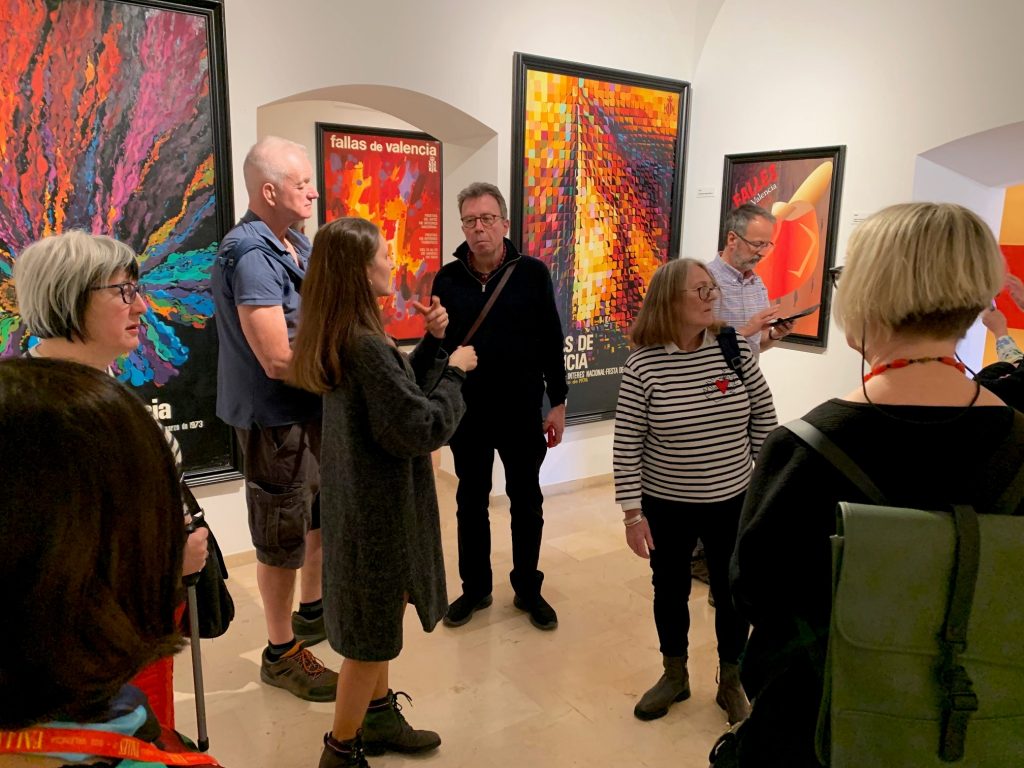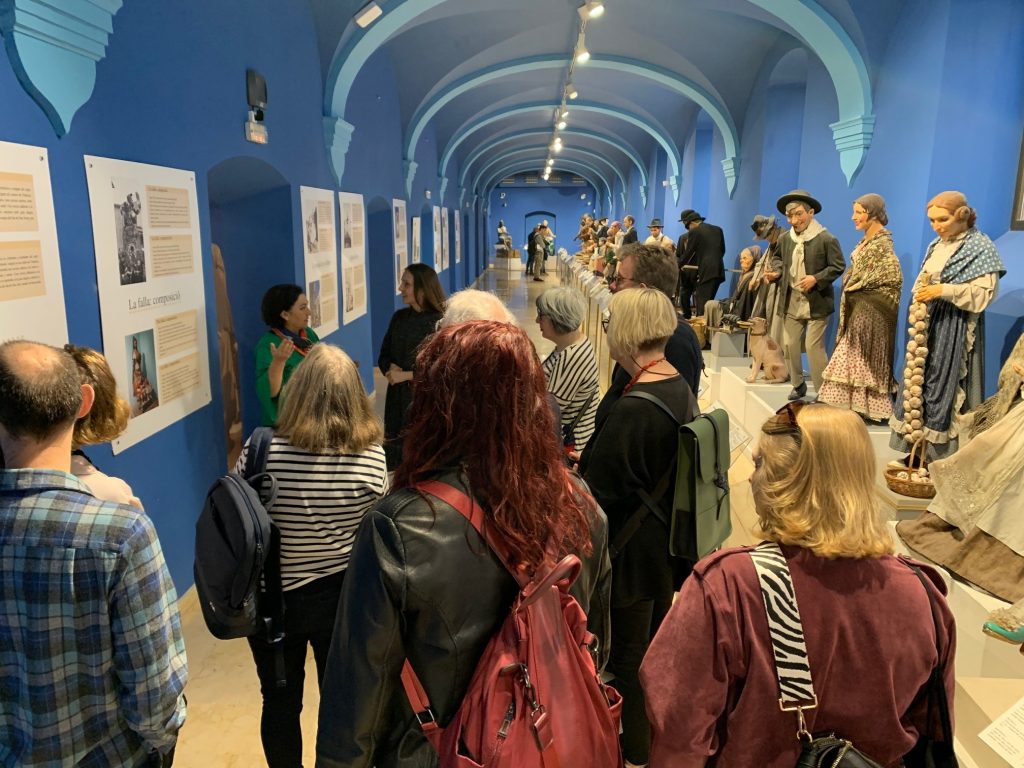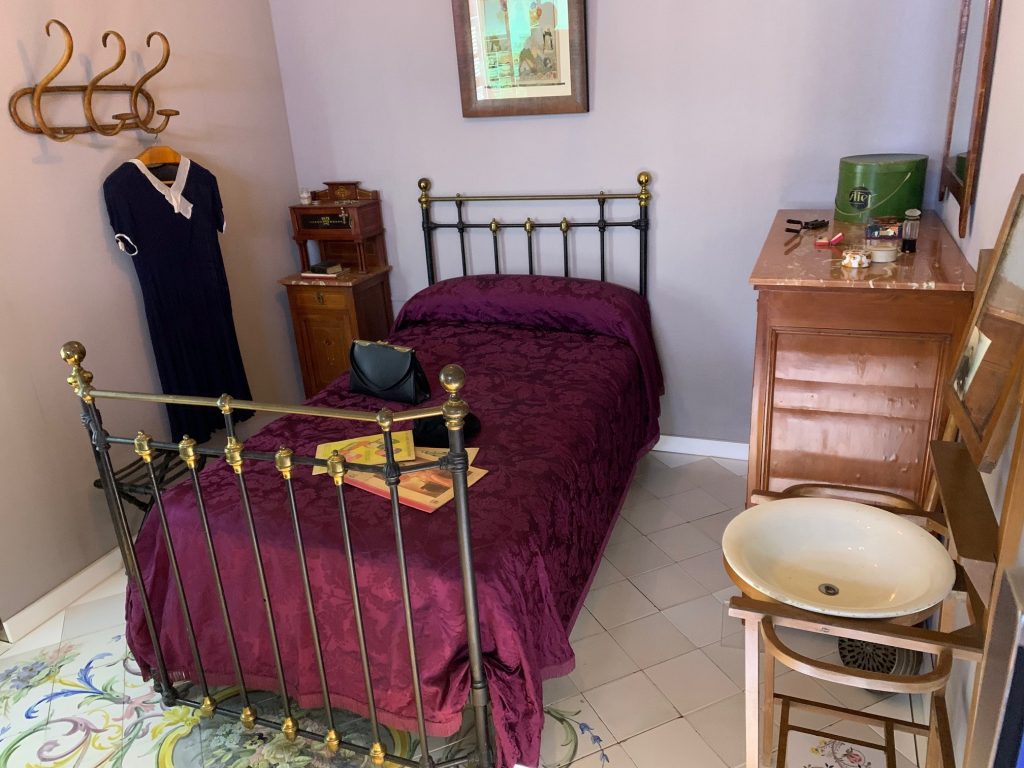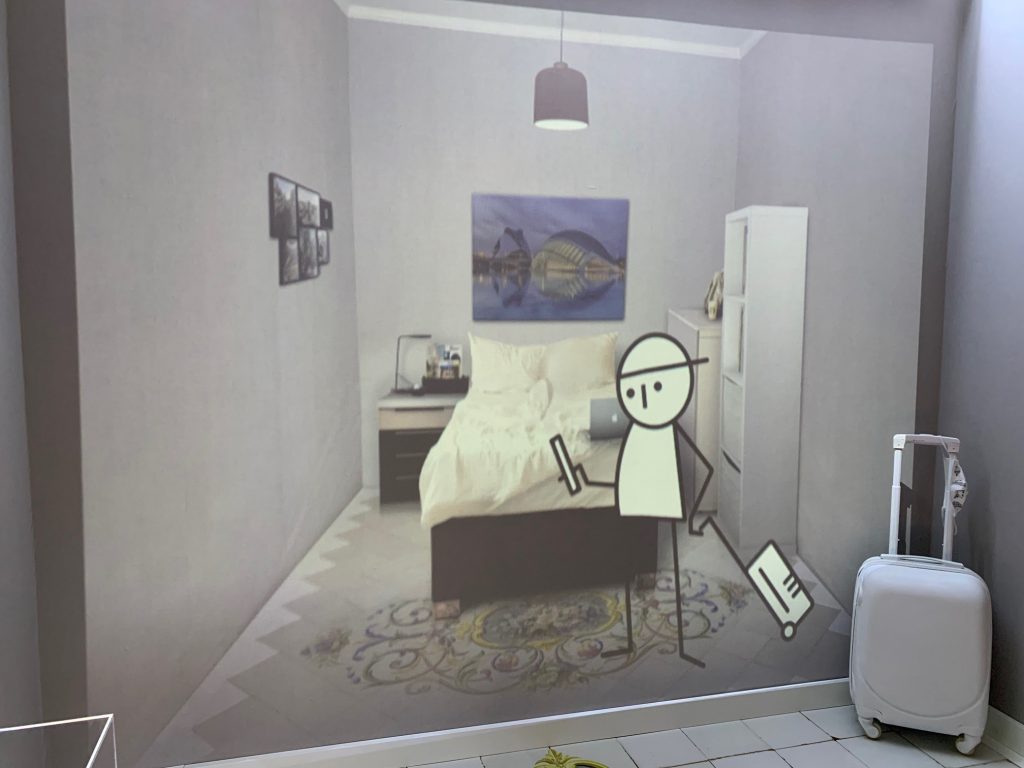By Hannah Jackson
Sunny weather and an even warmer welcome greeted us as the annual South and East Museums Federation Study Trip headed to Valencia, one of the historic capitals of Spain, in late January.
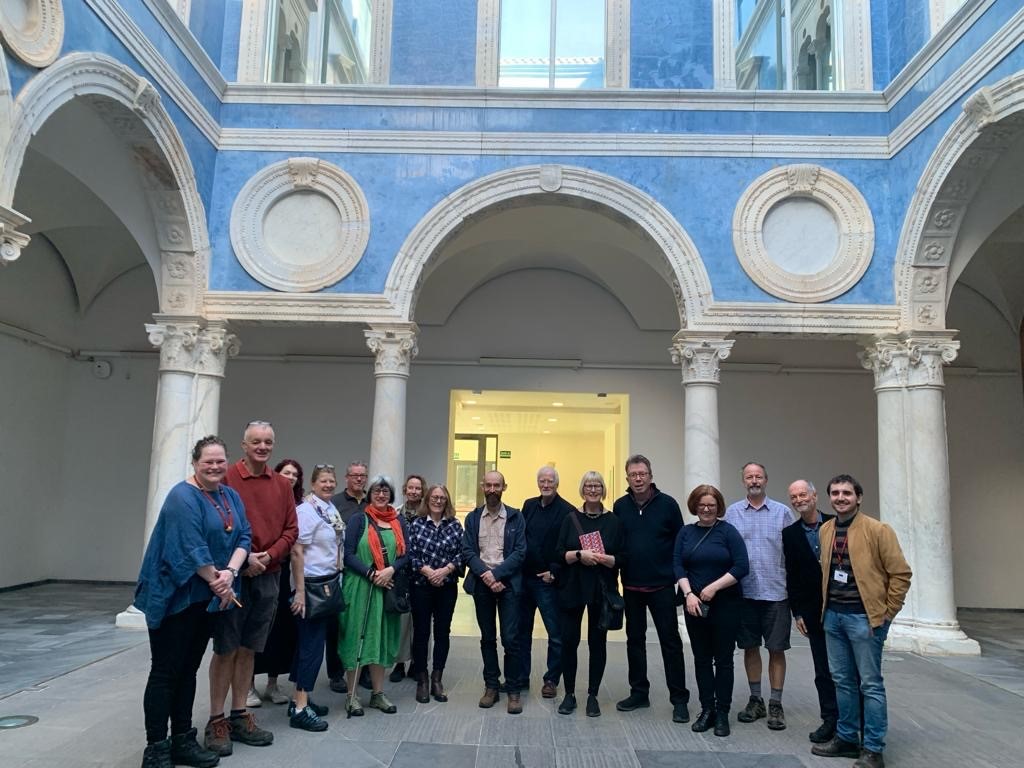
Our first visit was to the Museo de Bellas Artes de Valencia, where we were explored some of their impressive collection of paintings and 15th century altarpieces and panels held within the former seminary. As well as viewing some of their works of art not currently on display, we were introduced to one of their paintings Conservators who talked us through her work to conserve a recent acquisition by the Valencian painter Antonio Fillol. Our hosts Estrella, George and Adrian then introduced us to the work of the prolific painter Sorolla whose pieces captured both traditional Valencian costume and light, before heading to their dedicated learning space, designed to support engagement with those aged 8 and upwards and focused on exploring the topic of landscapes, inspired by their collections.
From here, we crossed back toward the historic city centre to meet with Julio, the relatively new Marketing and Communications manager at L’IBER: Museo de los Soldaditos de Plomo. This museum of lead soldiers is one of the most unusual museums in Valencia and is the largest museum of historical miniatures in the world with 95,000 items on display from a collection of over a million. In addition to the dioramas of battle scenes and historic events, there was a surprising number of models of stars of film and music, children’s comics and circus animals – truly something for everyone! We discussed how the museum might look to develop its audiences and showcase the breadth of its collections, as well as celebrate the history of the building in which it is based, an antique Mediterranean gothic style palace.
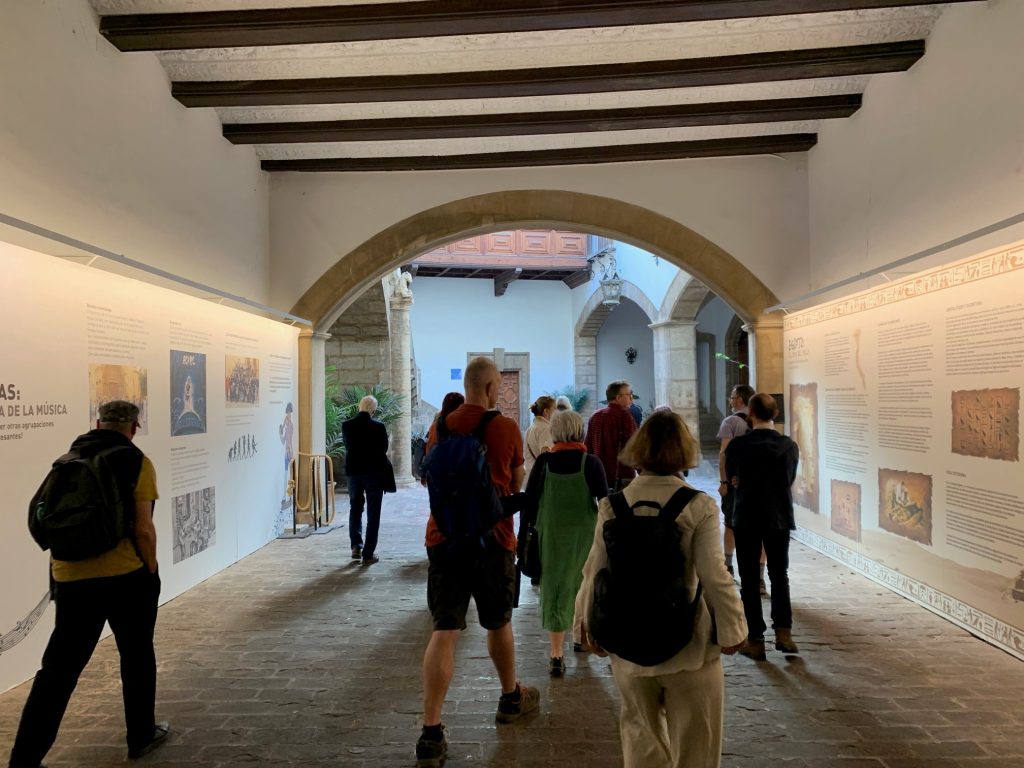
With time for lunch (well, Valencia is the origin of paella) and many taking the time to explore the botanical gardens as the unseasonably warm weather continued, our final visit of the day allowed us to discover more of the heritage at the Museu de la Història de València located in the old drinking water cistern that used to supply the city. With display cases and multi-lingual AVs creatively located in between the 250 columns that make up the building, this museum explores the chronological history of Valencia from its foundation in 138 BCE to the current day, with around 4,000 objects on display. Our host Javier also outlined their recently updated formal learning activities, which are a key part of their cultural engagement programmes which are offered for free. In fact, admission prices to many of these museums are minimal at only c.3€, with hardly any of the sites we visited having museum shops or cafés – very different to many of our museums where commercial income generation is a high priority!

Our second day in Valencia was equally jam-packed, commencing with a walk out to a section of the old Turia riverbed which has been transformed into an architectural marvel – the ‘City of Arts and Sciences’ with its futuristic structures including a planetarium, oceanarium and an interactive museum. Following a devastating flood in 1957, the city undertook an ambitious plan to divert the river around its western outskirts to the Mediterranean Sea, creating instead a green swathe of parkland and attractions, a space to which many of the group returned if staying longer.
Our initial focus, however, was directed to the Museu Faller de València as we certainly couldn’t come to Valencia without finding out more about the famous Fallas festivities and seeing some of the ninots (figurative sculptures) pardoned from the fire. Our host Vicenta kindly explained more about this tradition, and we discovered how the ninots have – over the years – provided a commentary on wider social interests and priorities. We also discovered the complexities of working with an ever-evolving collection – each year, the museum receives new acquisitions relating to the annual festival, requiring displays to be moved by the small museum team.
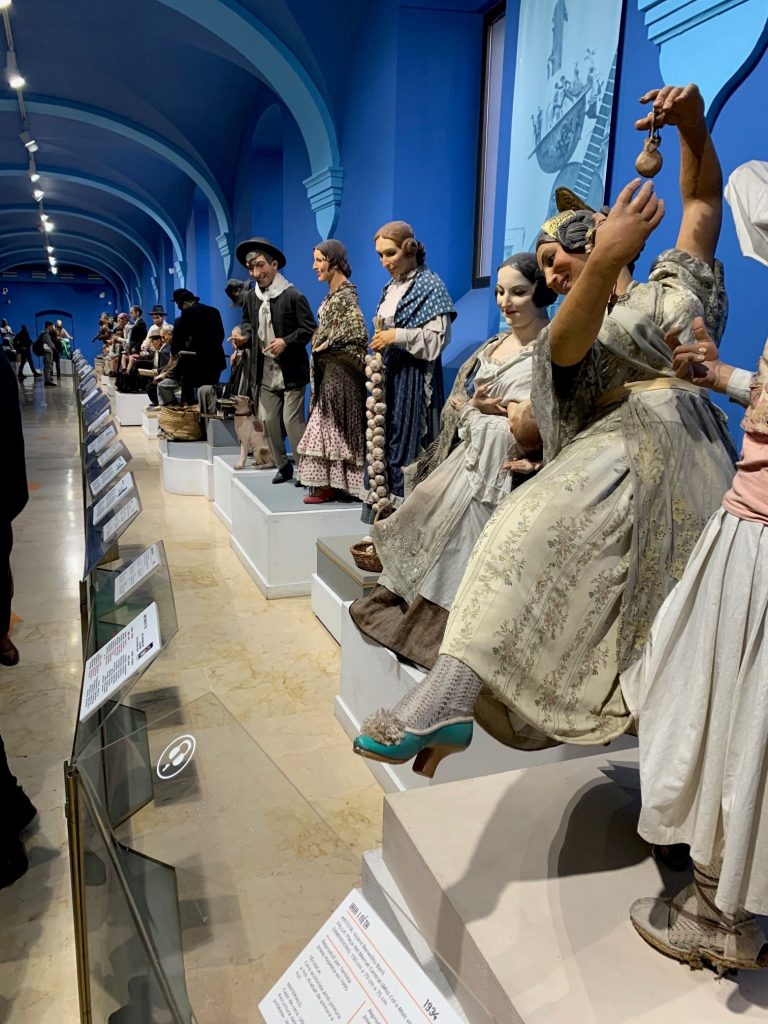
As European Museum of the Year 2023, finding time to visit to L’Etno: Museu Valencia d’Ethnologia was essential. Their director Joan met us at the entrance to the building – a former orphanage – which they share with a museum of prehistory. As an ethnological museum, they could potentially collect anything, and nothing that they have is particularly unusual. As a result, they decided that they should collect things to enable them to tell stories such as the universal tension of local vs global, and would use good ‘aggressive’ forms of design to get people to visit and to spark discussions. One display which remained in the memory was of a traditional 1940s Valencian apartment bedroom, set alongside a digital animation where we watched the imagined inhabitant of such a space grow older and die, to then see their younger relative paint the space white, install flatpack furniture and open it up as a room to rent… something which is happening time and time again across the city as more tourists discover Valencia.
Our final organised visit was to meet Asun, in charge of Documentation, and Ana, one of the conservators tasked with caring for the collections and building which houses the Museu Nacional de Ceràmica i de les Arts Sumptuàries. We discussed the challenges that face them including the maintenance and preventative conservation of the monumental and iconic alabaster external doorway to the museum – no small undertaking when faced with the impact of rainwater and pigeons and the fact that touching this sculpture used to be promoted as one of the ‘top 50 things to do’ in the city!
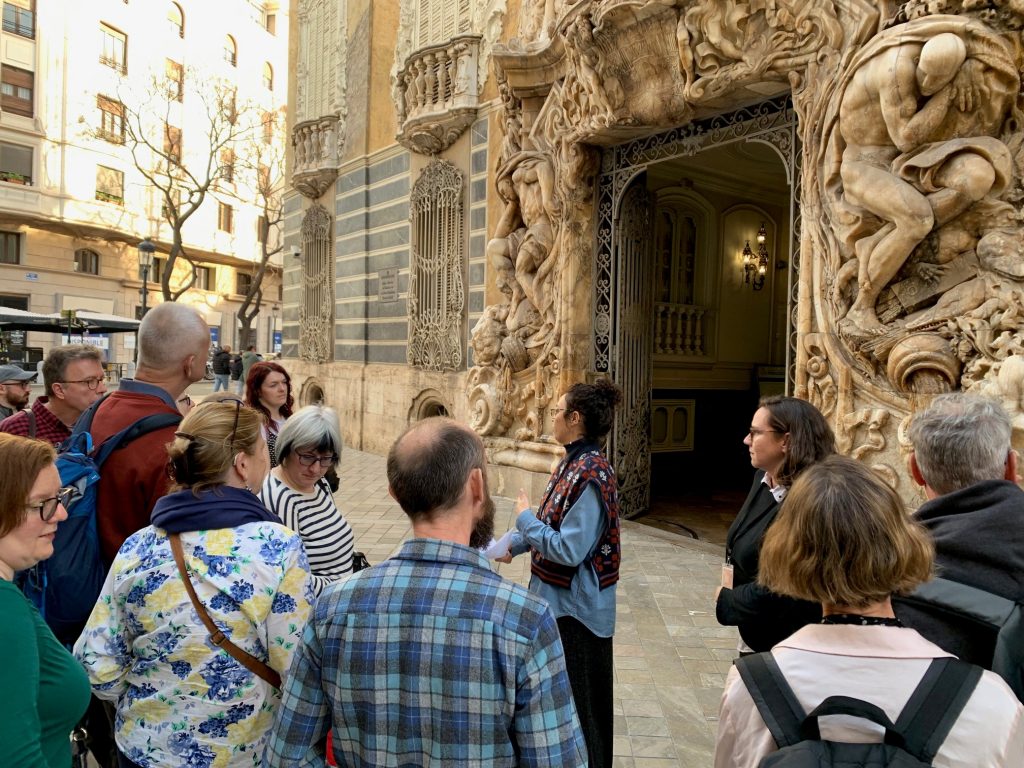
Our brief visit could never encompass all that the Valencia has to offer, but the discussions and conversations with our museum hosts – who were so very generous with their time and expertise – and also with our fellow federation members, gave plenty of ideas for us to take back to our museums across the south and east of England…and we’re already looking forward to discovering where the Study Trip might take us in 2025!
